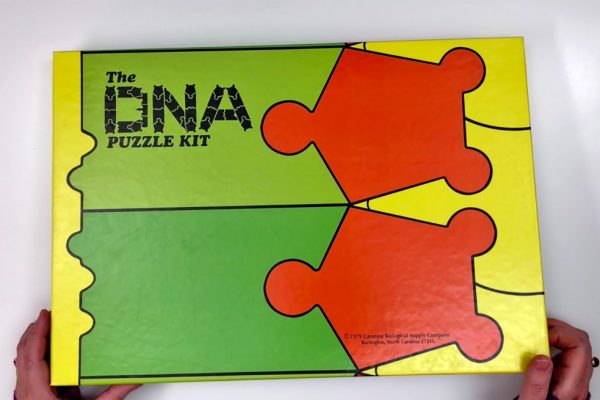
Genes
Genes
Genes are part of the DNA molecule that code for the construction of proteins. Allele variations of genes lead to diverse proteins, structures, and behaviors.
Learning Objective: Explain what a gene is and how it relates to DNA structure, transcription, and translation.
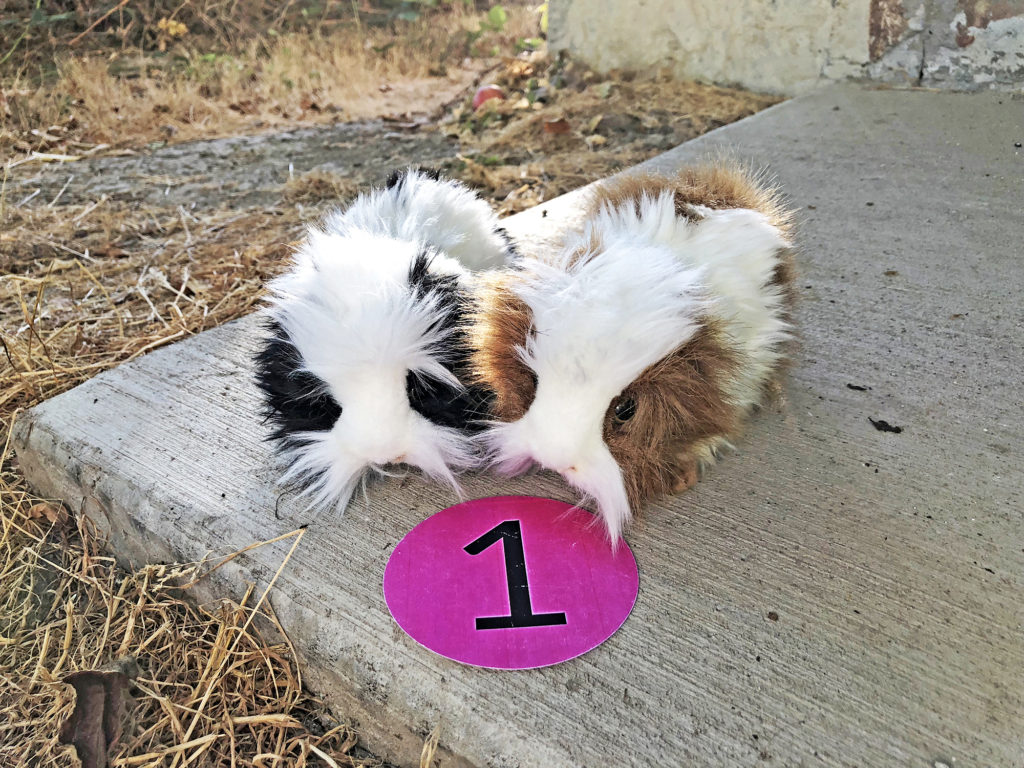
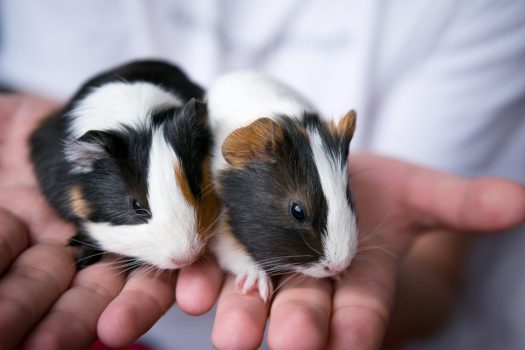
Humans and guinea pigs (Cavia porcellus) have something in common: neither species can produce Vitamin C, although most other vertebrates can.
This story relates to genes and the proteins they produce, topics covered in the first two sections of this guide.
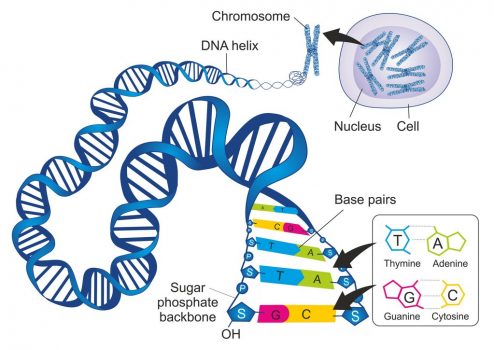
From earlier guides, chromosomes are coiled DNA wrapped around histone proteins.
Genes are sequences of DNA that code for proteins.
This section explores how DNA relates to cells making proteins; also called the process of protein synthesis.
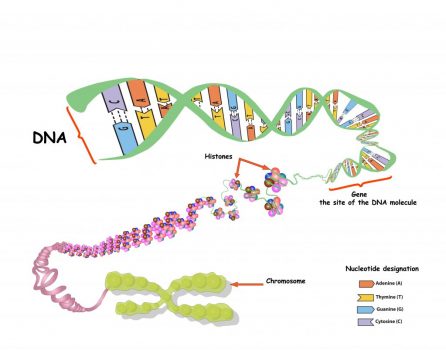
This video introduces the relationship of genes to protein synthesis.
Watch this video; you can select the closed captioning “cc” option if you would like to see the text.
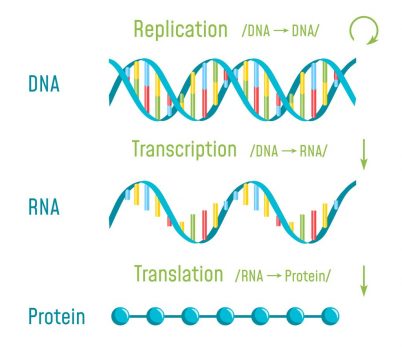
The basic processes that involve DNA are:
Replication: Making a new, identical chromosome for mitosis or meiosis
Transcription: Making an RNA copy of a portion of DNA
Translation: RNA directing the correct order of amino acids in a polypeptide.
This is a demonstration of protein synthesis that will introduce you to the steps in making a polypeptide chain of amino acids. Key terminology is listed under the video.
Watch this video; you can select the closed captioning “cc” option if you would like to see the text.
KEY TERMINOLOGY
Nucleotide: a phosphate, sugar, and a base
Codon: three nucleotides together, codes for a single amino acid
Genetic Code: the same codon sequence codes for the same amino acid, no matter which species
mRNA: messenger RNA is a copy of the gene region of DNA
rRNA: ribosomal RNA make up the ribosome structure
tRNA: transfer RNA brings the correct amino acid to the mRNA codon
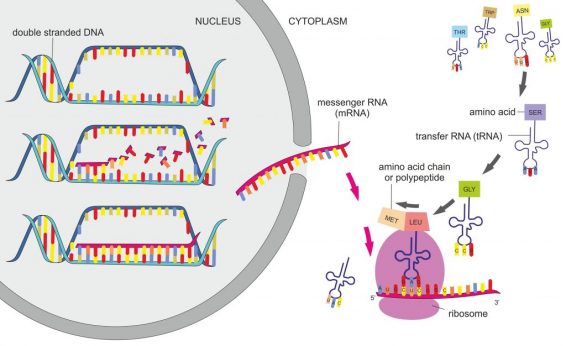
Science illustrators depict protein synthesis in a variety of ways, but they all include transcription and translation in some manner.
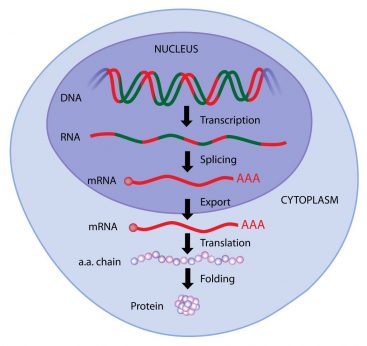
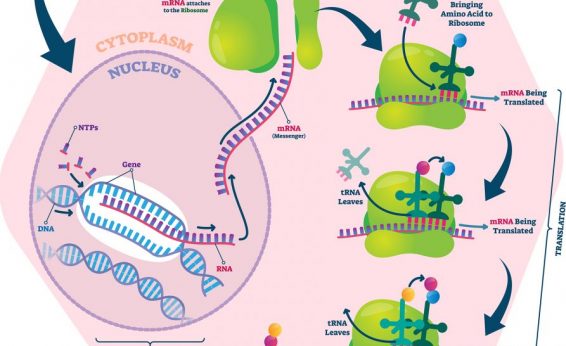
Start Your Media Assignment here
In this media piece you are making an original labeled drawing of protein synthesis. Sketch/draw the synthesis of a hypothetical protein fragment within a cell. Include the following labeled elements:
-
cell
-
nucleus
-
cytoplasm
-
amino acids
-
the DNA sequence of TCA-ACG-CGA
-
the corresponding mRNA sequence
-
the specific amino acid sequence produced (mini polypeptide)
-
ribosome (rRNA)
-
tRNA
-
nucleotides in a codon
-
transcription
-
translation
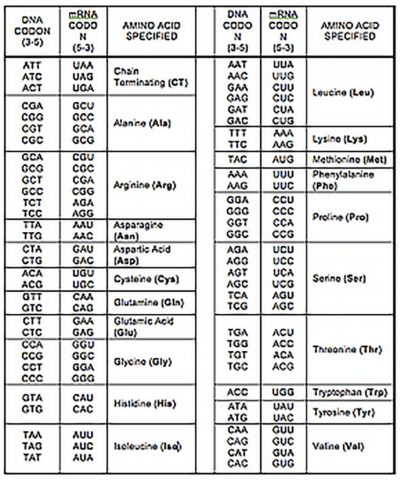
More on Protein Synthesis
If you would like to see another representation of protein synthesis, there is a video of a puzzle model on this guide’s resource page.
The next section introduces the significance of proteins.

